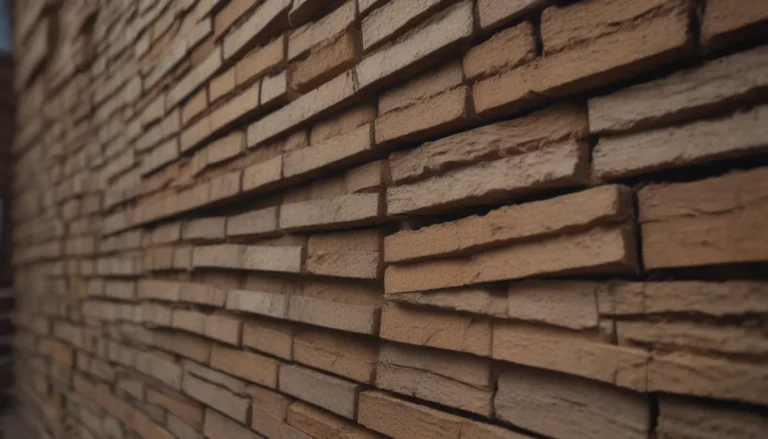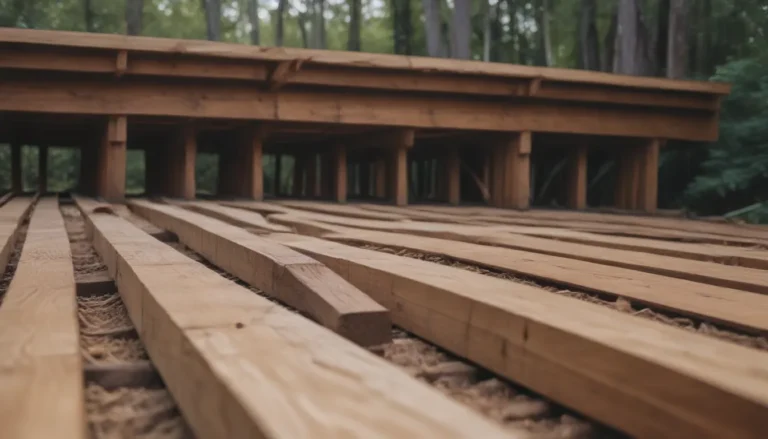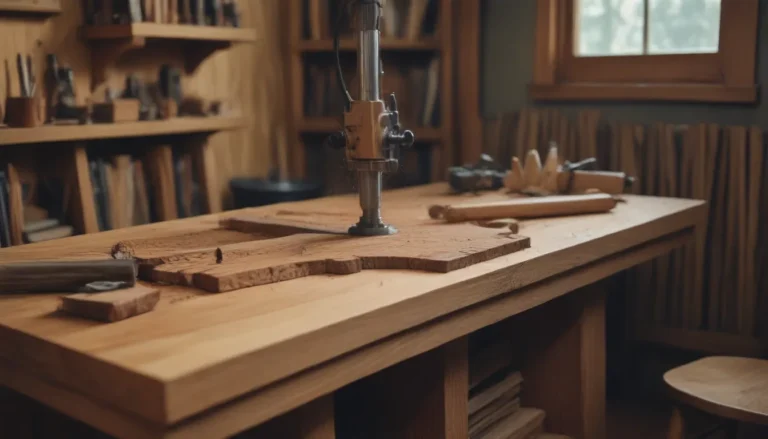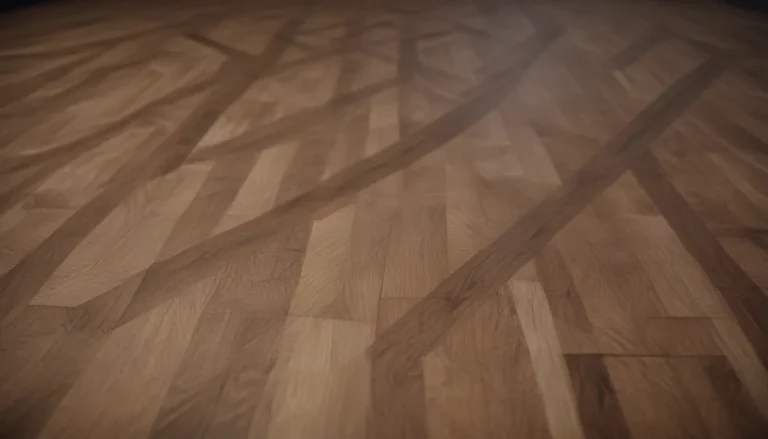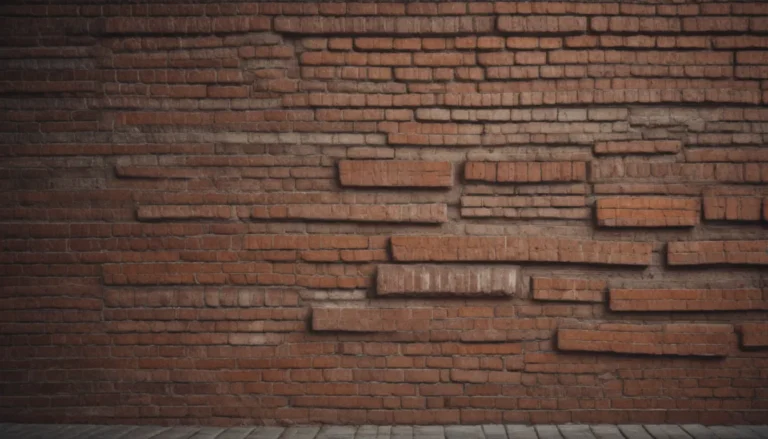Comprehensive Plumbing Inspection Checklist: Ensuring Your Home’s Plumbing is in Top Shape

As a homeowner, regular plumbing inspections are crucial to prevent sudden plumbing disasters that can wreak havoc on your home. By scheduling routine inspections of key plumbing fixtures, you can identify and address potential issues before they escalate into emergencies. Let’s dive into what you should include on your plumbing inspection checklist for different areas of your home.
Bathroom Inspection Checklist
When it comes to your bathroom, several key fixtures should be inspected regularly to ensure they are functioning properly and to prevent any unexpected issues. Here are some essential items to include on your bathroom inspection checklist:
- Faucets: Check for leaks, drips, or any signs of corrosion.
- Drains: Ensure drains are flowing smoothly and are not clogged.
- Toilets: Check for leaks around the base and ensure the toilet flushes properly.
- Caulk seals: Inspect caulking around sinks, tubs, and showers for any signs of wear or damage.
Kitchen Inspection Checklist
The kitchen is another area of the house where plumbing fixtures see frequent use. To keep things running smoothly in your kitchen, be sure to include the following items on your inspection checklist:
- Sink drains: Check for any clogs or slow drainage.
- Faucets: Inspect for leaks and ensure proper water flow.
- Shutoff valves: Test shutoff valves under the sink and near appliances.
- Garbage disposal: Run and test the garbage disposal for proper function.
- Dishwasher: Inspect the connections and drainage of the dishwasher.
- Refrigerator: Check water lines and connections for any leaks or issues.
Septic and Sewer Inspection Checklist
Maintaining your septic system and sewer lines is crucial for preventing costly repairs down the line. Include these items on your checklist for septic and sewer inspections:
- Maintain the septic system: Schedule regular pumping and inspections of your septic tank.
- Maintain your sewer main: Check for any signs of blockages or leaks.
- Inspect vent pipes: Ensure that vent pipes are clear and functioning properly.
Around the House Inspection Checklist
In addition to the rooms with plumbing fixtures, there are other areas of your home that require attention during a plumbing inspection. Be sure to include the following items on your checklist:
- Water heater: Check for leaks, rust, or any signs of corrosion on the water heater.
- Branch shutoff valves: Test and inspect valves throughout your home for proper function.
- Sump pump: Ensure the sump pump is working correctly and inspect the discharge pipe.
- Outdoor hose spigots: Check for leaks and ensure proper function.
- Irrigation system: Test the irrigation system for any leaks or issues.
- Washing machine: Inspect hoses and connections for leaks or damage.
- Check home water pressure: Test the water pressure throughout your home to ensure it falls within the recommended range.
Performing a household plumbing inspection every two years is recommended, as plumbing systems do not undergo the same level of wear and tear as other systems in your home. During an inspection, you can glean valuable information about the condition of your pipes, identify potential issues, and address any developing problems.
Quick Tips for DIY Plumbing Maintenance:
- Use Vinegar and Baking Soda: A simple and natural way to clear a drain is by using a mixture of vinegar and baking soda. Pour one cup of each down the drain, wait, and then flush with boiling water.
- Replacing Flapper Valves: If your toilet is constantly running, it could be due to a worn flapper valve. You can replace this yourself to resolve the issue.
- Seeking Professional Help: If DIY methods do not solve the problem, it’s essential to seek the help of a professional plumber to address any plumbing issues effectively.
By incorporating these tips and regularly maintaining your plumbing system, you can help prevent costly repairs and keep your home’s plumbing in top shape. Remember, early detection and proactive maintenance are key to avoiding plumbing emergencies. Schedule your plumbing inspection today and ensure your home’s plumbing is in optimal condition!
